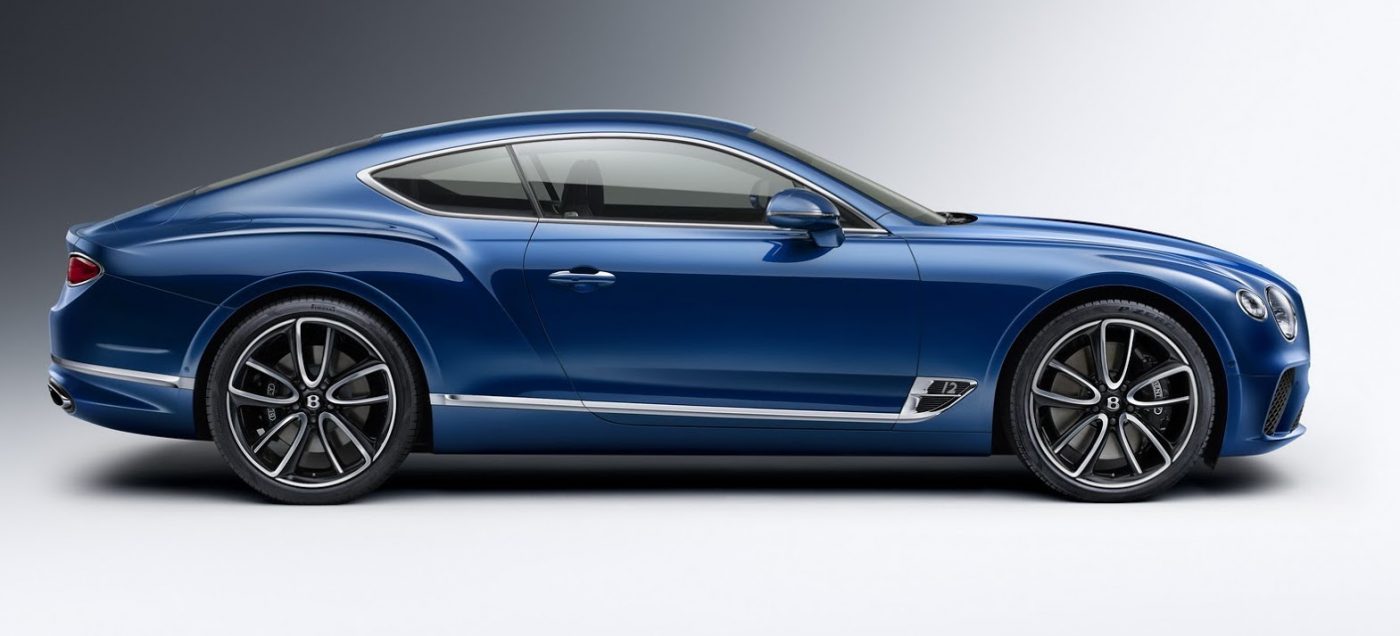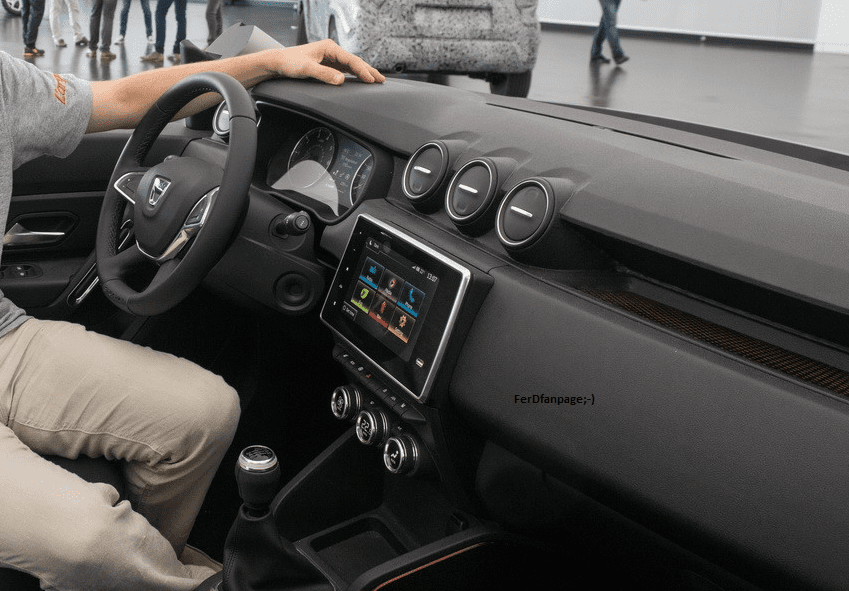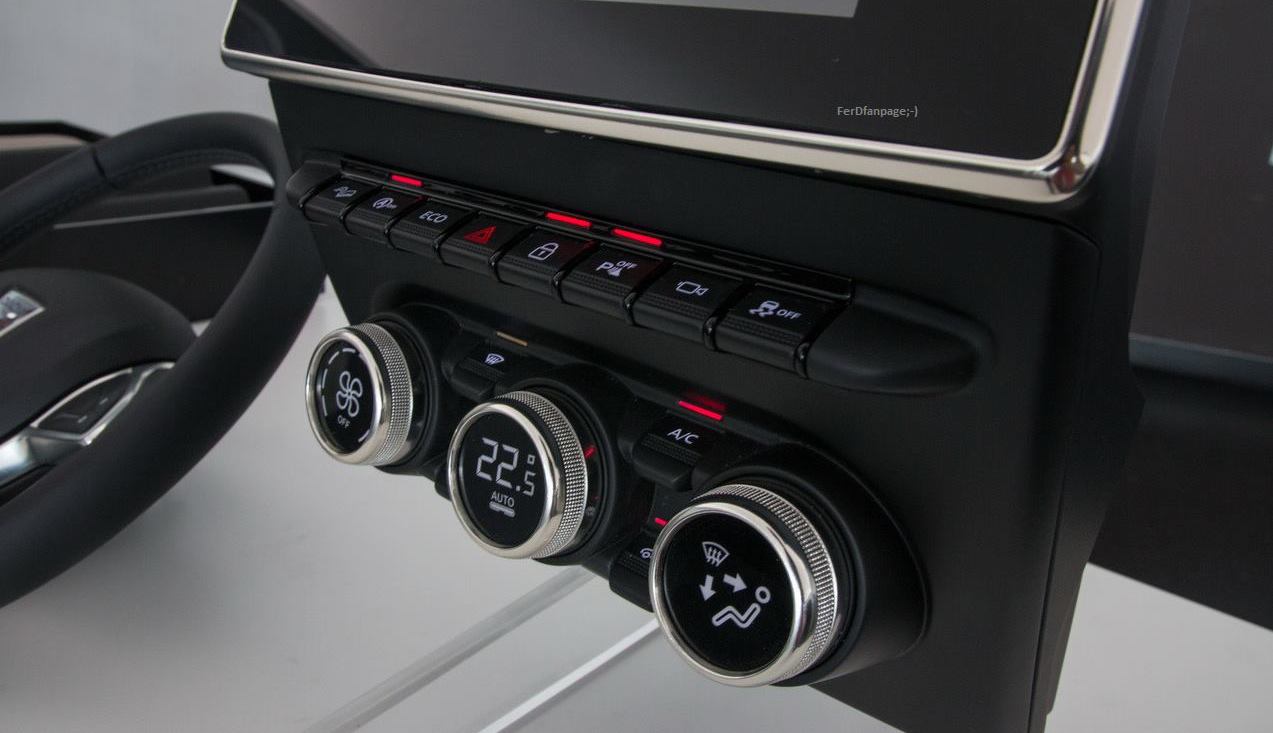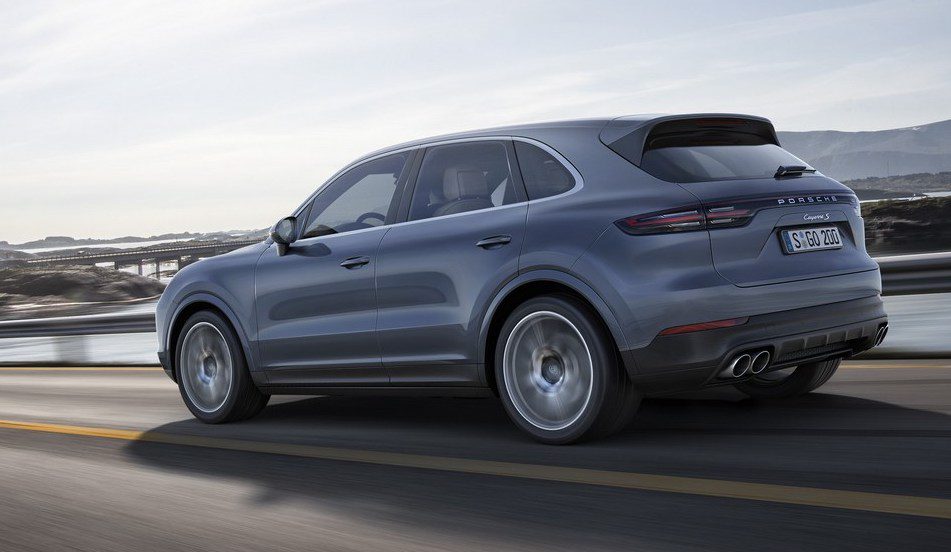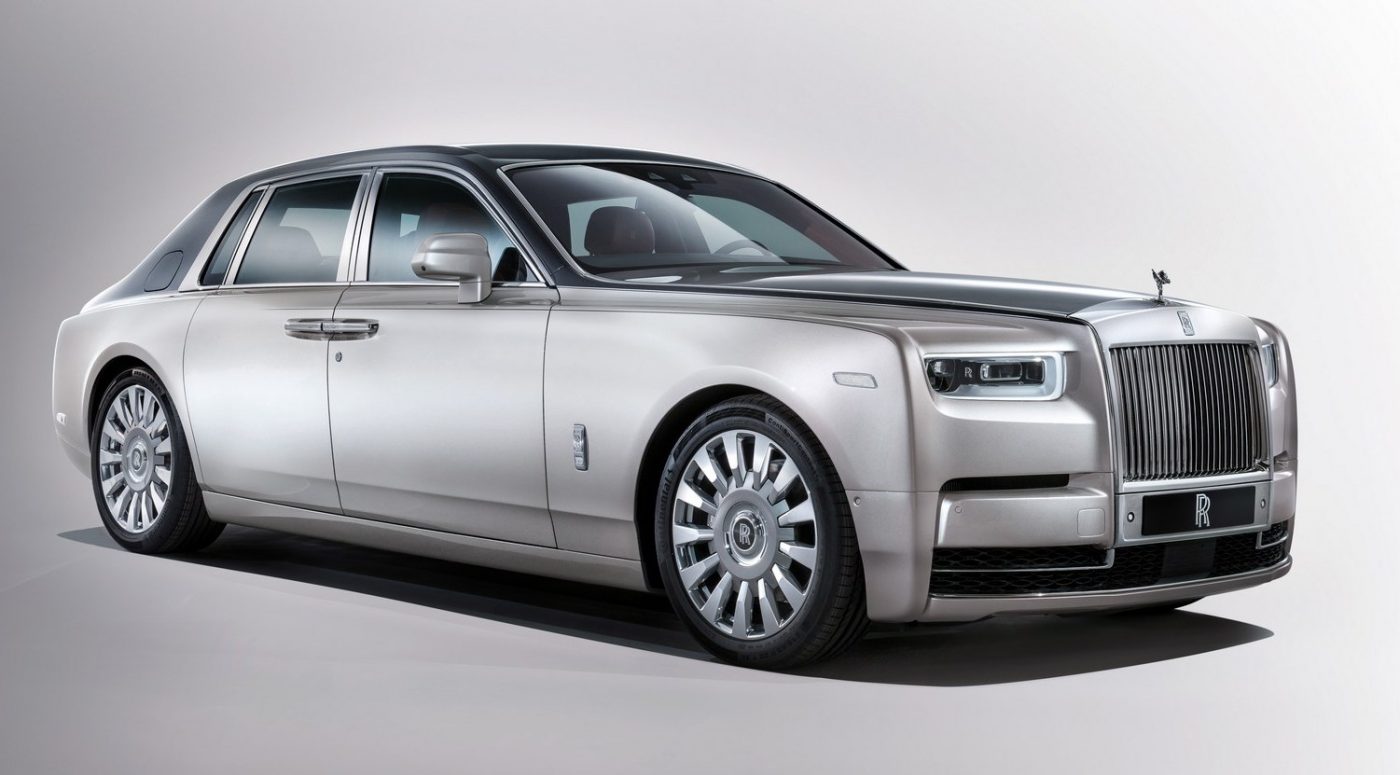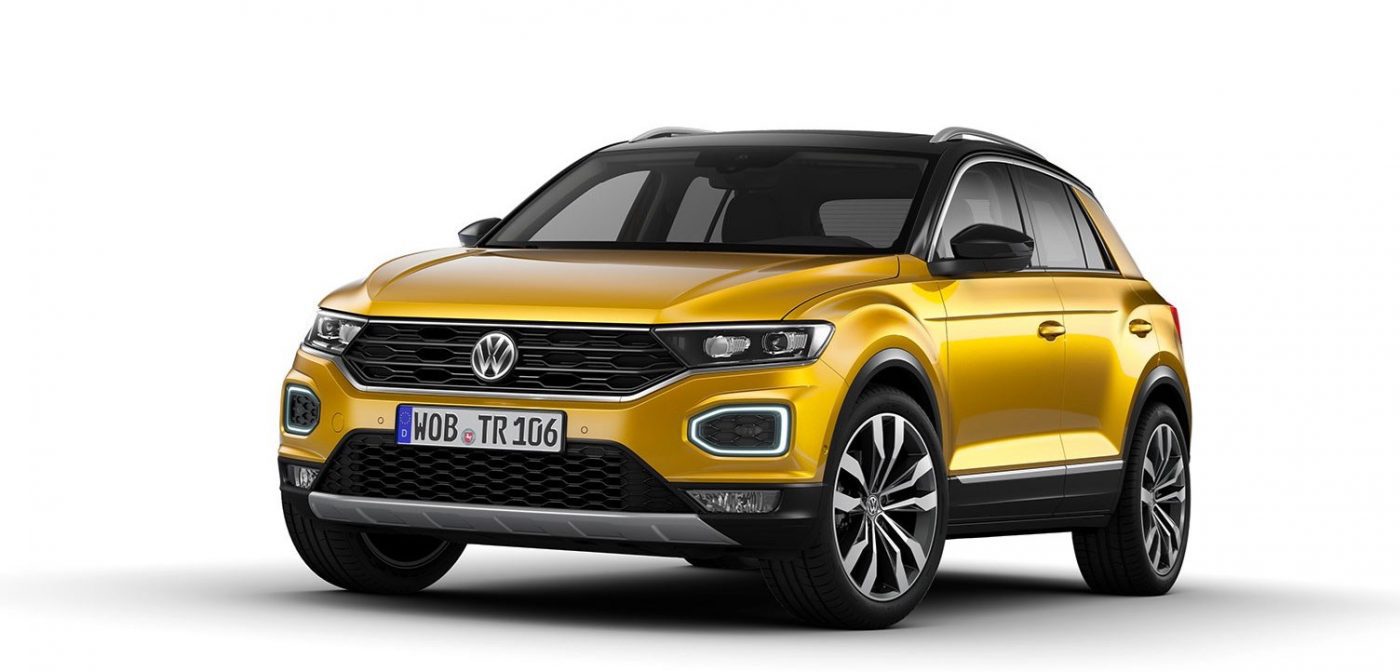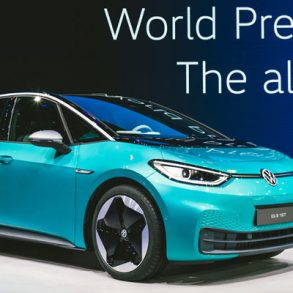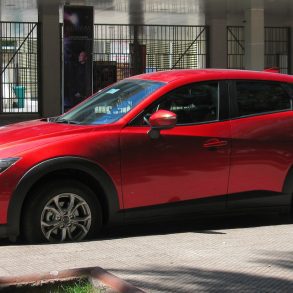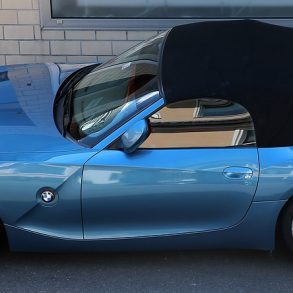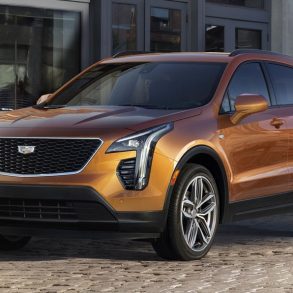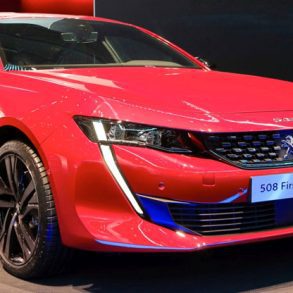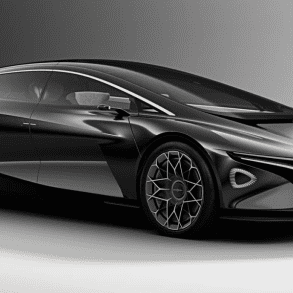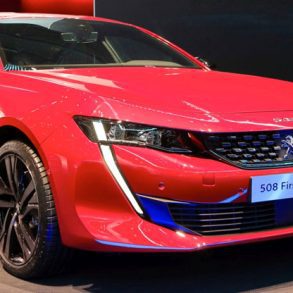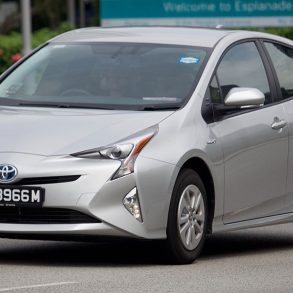With the Frankfurt Auto Show almost upon us, Bart and I figured we’d run one of our customary Good, Bad and Ugly features ahead of the actual show, just to make sure we’re not swamped with the debuts once the doors open. This is a series all about opinions on a site totally dedicated to facts, just to balance it off a bit. Here we’ll give our views on new cars and invite you to give yours, be it in the poll at the bottom or in the comment section below. Fortunately, every opinion is personal so even Bart and I don’t always agree and we hope you don’t either.
Bentley Continental GT
Kriss: Hit
I feel like reactions to the new Conti GT will fall mostly in two camps: the first will bemoan the fact that the new car’s looks aren’t closer to the stunning EXP-10 concept from a few years back, while others will look at the new car as a huge improvement, looks- and engineering-wise, over the old car. Personally, I fall in the latter group – I think the new proportions courtesy of the Panamera’s MSB platform work wonders for the car’s stance, and the car carries enough of the visual details from the EXP-10 Speed 6 to make it look genuinely fresh. Inside, too, I think the model took a huge step forward, marrying high-tech and traditional craftsmanship better than, for example, the new Rolls-Royce Phantom. That said, I have to say I am disappointed by the fact that there was no mention of an all-electric version coming anytime soon – personally I think it would be a perfect fit for the brand, and a great reason for people for whom the Tesla is the top of the electric car heap to come over to Bentley.
Bart: Hit
I absolutely love the new Continental GT’s side and rear views! The long, low nose and the slightly higher rear part express speed even when standing still, the pronounced, muscular rear wheel arches give it a very powerful stance and the rear looks a lot less “fat” than that of the current generation. I still need some time to get used to the front, though. The grille seems a bit wide and low, giving the car a somewhat surprised look on its “face”. I like how Bentley manages to express a sense of superiority in its designs without making it aggressive as would be the easy route, but I’m not yet convinced about the face of the new Continental GT. What’s very impressive is how the overall shape of the Conti hasn’t changed all that much since its launch in 2003. This is a testament to the quality of the original design, and probably one of the major reasons for the tremendous success of this model and for the survival of Bentley as a brand. As Kriss said, there’s enough hints at the jaw-dropping EXP-10 Speed 6 to make the new generation very desirable and continue on that path.
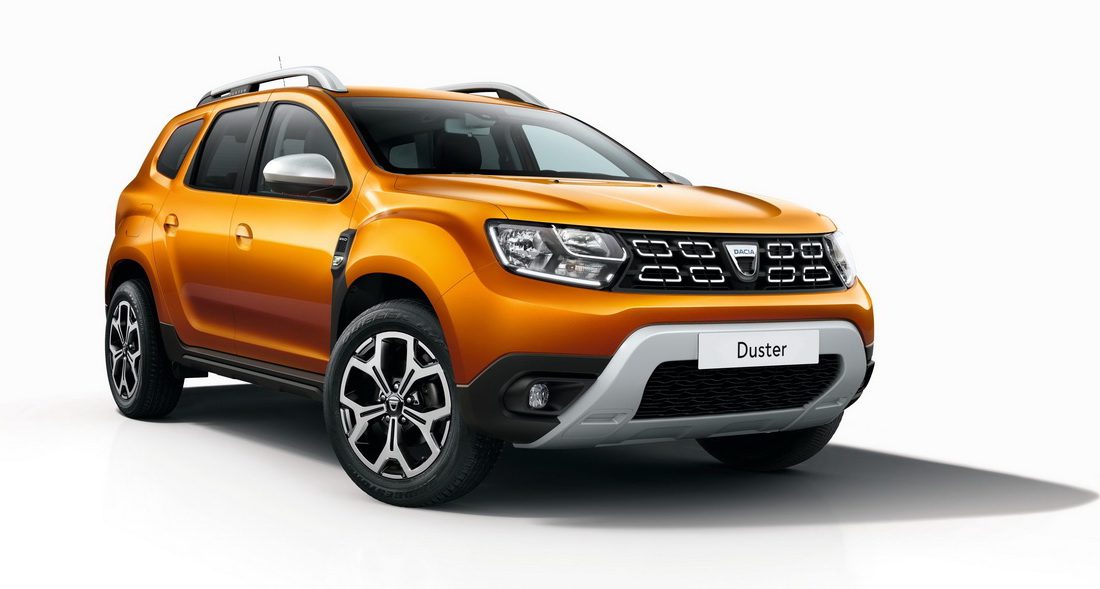
acia Duster
Kriss: Hit
When I first saw pictures of the new Duster I wondered whether the new car was in fact a heavily facelifted version of the old one, such is the similarity of the styling between the them. But as I put them side-by-side I quickly realized that sheetmetal on the new one is different in every way compared to the old one, albeit the differences are small, aiming to iron out a wrinkle here, or add a bit of muscle there. And I think this approach works great for a car that has been a huge success in part thanks to its no-nonsense butch styling, as well as its aggressive pricing and clever market positioning. In fact, it’s Dacia’s decision to keep the Duster’s dimension mostly intact is what has me believing the new car will continue the success, so right was the original concept.
Also, we recently received pictures of the Duster’s interior from a fan of CSB, and I have to say that the interior looks pretty great at this price point. But it’s the small details that make the difference – the HVAC display integrated into the control knobs looks good at any price, in my opinion, and lifts the ambiance of the whole interior way beyond that of the previous model’s.
Bart: Hit
I couldn’t agree more with Kriss on this one. The original Duster was spot-on in terms of no-frills design, size and overall package that it didn’t really need to change all that much. In terms of relevance for the brand and the strength of its design, you could even compare the Duster to the Volkswagen Golf or the Bentley Continental GT as described above. Those models also had an iconic, easily recognizable look that didn’t change all that much over the course of multiple generations and which kept the most characteristic design elements in a slightly updated form from one generation to the next. In a fast-growing segment to which a slew of new brands and models are entering, the Duster did need some technical updates to keep it up-to-date in Europe, and that’s exactly what Dacia has done, without messing all too much with what was good.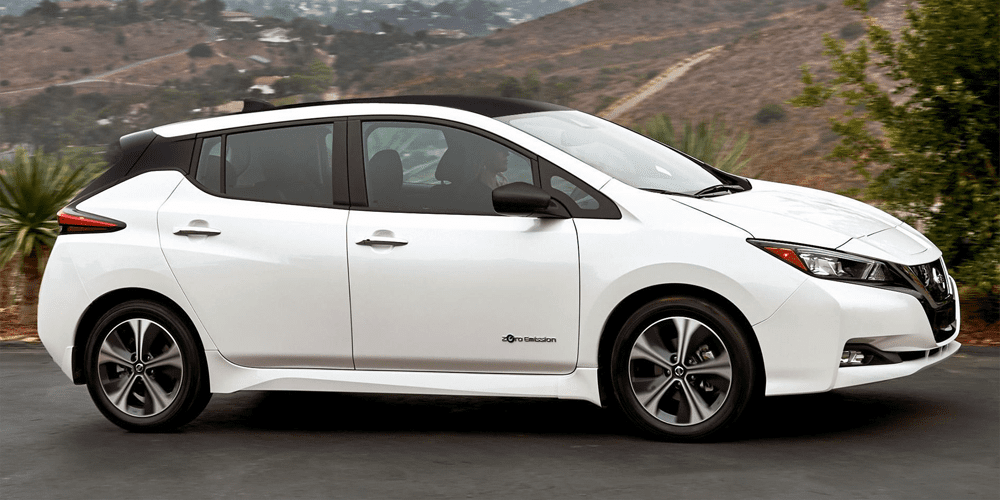
Nissan Leaf
Bart: so-so
When I first saw the pictures and specifications of the new Leaf, the first thing that came to mind was: “is this really the best Nissan can do?”. The brand had promised a sharper look for its all-electric hatchback and the bar for battery technology and range has been raised quite a bit in the past year or so. The current, first generation Leaf won’t raise any enthusiast’s heartbeat and Nissan had wanted to address that issue with the second gen. Granted, it does look like the designers put in a little more effort to give the new Leaf some pizzazz, but I’m not yet convinced it has made for a more attractive overall package. I’m no fan of C-pillar gimmicks, the front overhang seems a bit large and the rear looks a bit “heavy”. In terms of performance and range, the Leaf appeared not to set any new standards, its 40kWh battery pack is rated at 378km of range in the “old” European NEDC cycle, and 150 miles in the EPA cycle. Although a significant improvement over the current 30kWh Leaf, it’s still a bit behind the Tesla Model 3 and the Chevrolet Bolt, but it’s a bit cheaper than those cars as well.
Looking a bit deeper though, there seems to be more to the new Leaf than you may think upon first glance. Firstly, Nissan does promise to roll out a longer-range version next year. Nissan will also offer quite a bit of technology on the Leaf, most notably the e-Pedal, which allows the driver to use a single pedal to start, accelerate, brake and stop the vehicle. Not sure how most experienced drivers will react to this, but it may appeal to millenials looking for their first car to be an electric one. The Leaf can also be equiped with single-lane autonomous driving and autonomous parking abilities.
Kriss: hit
While I agree with Bart that the headline range figures for the new Leaf are not headline-grabbing, I think the this is actually part of a smart strategy that Nissan has in store for this model. What will happen is that the Leaf will be offered in two versions: this one, which will have a lower price than most competitors, offer acceptable range and will get customers to the showroom, and the longer-range model, which will cater to those with a need to drive more, but will crucially allow Nissan to claim “Leaf, offering range of 250 miles*”, while only remarking later that “* with optional large battery pack”. Some may call this approach cynical, but I think of it more as canny marketing. Oh, and let’s not forget: the Zoe, from corporate cousin Renault, has seen its sales increase substantially in 2017 since a similar approach of two models, a shorter-range and a longer-range one, was adopted. Oh, and yeah, the Leaf’s styling is not going to win any awards, but in this segment consumers really don’t care that much as long as the car is not repulsive (ahem, latest Prius), plus the latest e-Pedal and autonomous technology is bound to attract additional customers.
Porsche Cayenne
Bart: Hit
Like the Continental GT described above, the Cayenne was also the model that may have saved the brand, and it too is already due for its third generation. The first generation of the model that takes most of the credit for making Porsche the most profitable carmaker in the world infuriated purists for multiple reasons. “Their” sports car brand making an SUV (a tractor!), and offering it with a diesel engine (the devil’s fuel!) and then it also didn’t exactly have an easily likeable design. The second generation was a bit softer on the eyes, and now the third installment seems to take yet another step in that direction. In the picture above it has an almost hatchback-like look to it, it reminds me a little of the current generation Renault Megane. And it has more familiarity to it, I also see a bit Renault Koleos in the rear and perhaps a tiny bit Lynk & Co 01 to its front, but it’s still very recognizable as a Cayenne.
Kriss: Miss
Although I was never a fan of Porsche’s large SUV, I have to admit I warmed up to it in its second generation, once Porsche managed to ditch the hippopotamus-with-water-retention looks and imbue it with some grace and dynamism (awkward rear aside). And while this, the third-generation model, seems to have finally fixed the problem of the Cayenne’s rear with a cool light-bar design, the rest of the car seems to have taken a step backwards design-wise. In particular, the proportions seem to be off, presumably due to the MLB Evo platform the model inherits from the Audi Q7 and Bentley Bentayga – the front overhang is too long, the lower part of the body too massive compared to the smaller, but weakly-designed glasshouse, and the combination of seemingly too-narrow tracks and too-small wheels robs the car of the kind of athletic stance one expects of a Porsche. Add to that an interior that lacks the design grace of the Panamera, or even the baby Macan brother, and you wonder whether this is really the best Porsche could have done.
Rolls Royce Phantom
Kriss: So-so
Designing the new Phantom must have been a huge challenge, but to my eye Rolls Royce’s team did an admirable job of smoothing out the old car’s lines while making the new car instantly recognizable as a Phantom. Less successful, to my eyes, is the interior – already the previous generation’s design lacked the delicacy one might hope for from a car like this, and the new model just doubles down on this approach. Also, with the new model’s looks creeping closer to that of the smaller Dawn, and given that the latter offers most of the same USPs at the Phantom does (cushy air suspension, super-powerful V12 engine, coach rear doors) one has to wonder whether Rolls Royce has done enough to justify the Phantom’s more than twice-as-high price. Again, seeing that weight and cost are not at the top of the Phantom’s concern list, one has to wonder whether an all-electric Phantom is not the true top offering from Rolls Royce we should all hope for.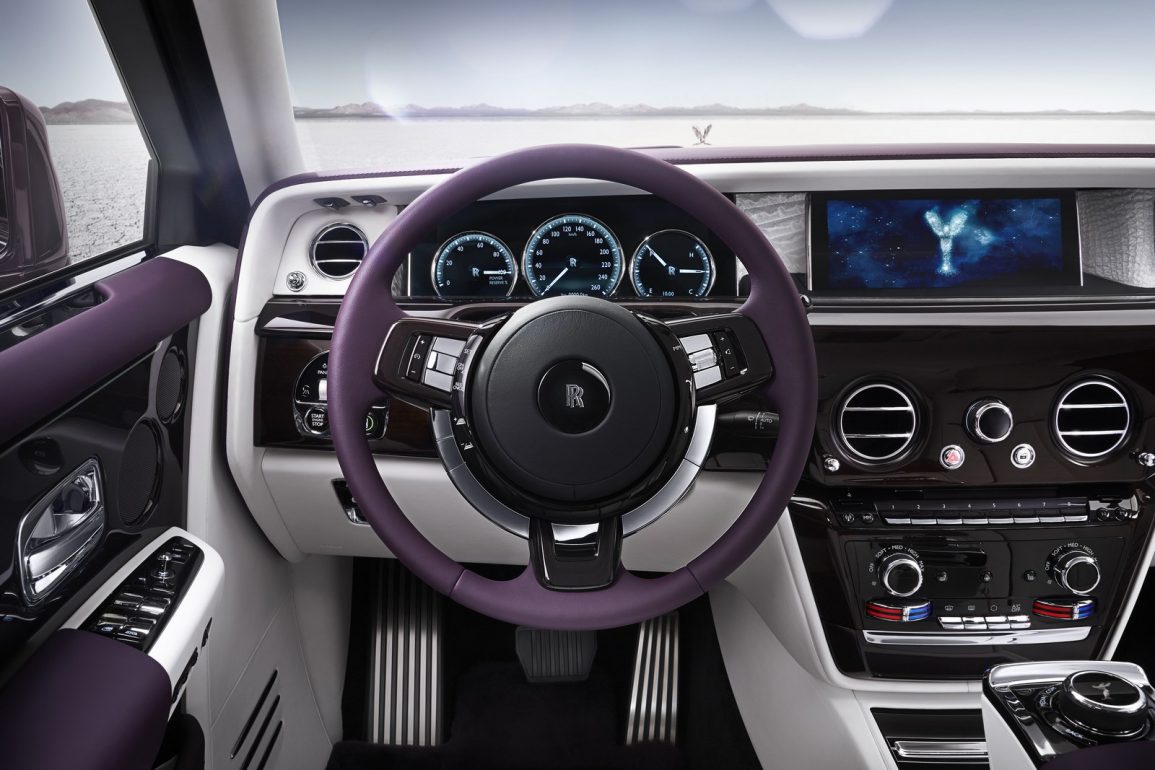
Bart: Hit
The Phantom has been the über-sedan for the past 14 years, a monument on wheels, and Rolls Royce hopes to continue that with the new generation. Is it a good looking car? Not necessarily, but that’s never been the aim for the Phantom. Everything about the Rolls is over-the-top: more than 130kgs of soundproofing material is used in each car, the Extended Wheelbase model is over 6 meters (almost 20 feet) long, and its 6,75-liter V12 twin-turbo engine pushes out 571hp and 900Nm of torque. It’s still easily recognizable as a Rolls Royce and as a Phantom, and its high price only helps maintain its status on top of the automotive food chain. While Kriss has a point about the delicacy of the dashboard, this is totally irrelevant for the owner/buyer, as he won’t ever get behind the wheel himself. Besides, nobody dares to claim there’s not a certain level of tackiness in every modern Rolls Royce, it’s almost part of the brand’s DNA.
VW T-Roc
Bart: so-so
I think I really need to see the T-Roc live and in the streets for it to grow on me, but my first impression remains a bit “meh”. The design is not bad at all and it does have some very strong features, but like most VW’s it just doesn’t strike me as great looking at first glance. However, I do see that the T-Roc is more original than most of its family members and I actually like it when seen from the front. I think the weakest part of its design is the rear which strongly reminds me of the new generation Polo. In terms of significance and potential sales volume, the T-Roc is a home run, and it’s difficult to imagine what took Volkswagen so long to develop this car. As traditional, VW follows the trends and then brings a car that doesn’t immediately excite but also does very little wrong and then ends up dominating the segment. At least, that’s how it goes in Europe and how it surely will go with the T-Roc.
Kriss: Hit
I already covered the T-Roc in an article last week, and I pretty much stand by my assessment there – I think the car looks great, with a wide stance and un-VW-like aggressive detailing that really comes well together, especially in more aggressive hues such as the launch-car’s metallic yellow. Reading the comments section to that article, there seems to be quite some confusion as to whether the T-Roc is a direct competitor to the likes of the Captur/Juke or rather the Kadjar/Qashqai, but however you view it I think the new model has the potential to attract tons of new consumers to VW, ones that have previously shunned the conservative Tiguan model.

